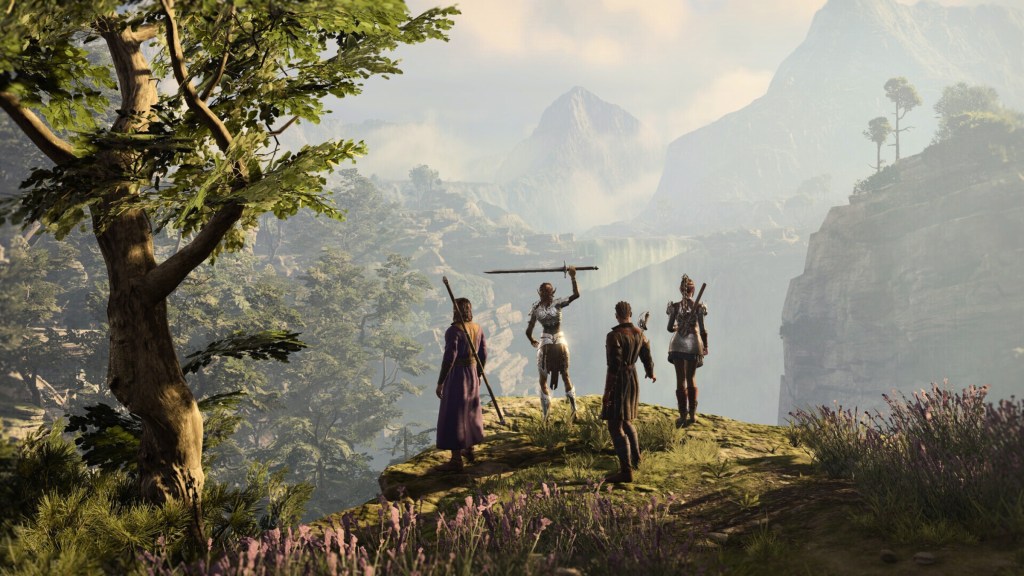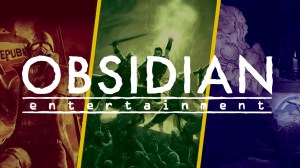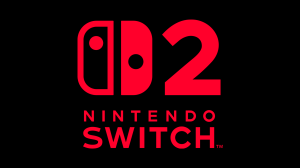Few things excite RPG fans quite like the promise of a sequel that finally gets everything right. We live in an era where story, choice, and tactical depth are no longer luxuries but expectations. Modern CRPGs have raised the bar, blending complex narratives with engaging combat systems that reward strategic thinking and player agency. Yet for every Baldur’s Gate 3, there are franchises still waiting for their moment in the spotlight, titles that have shown immense promise but haven’t fully realized their potential.
Videos by ComicBook.com
Among these is a franchise that has quietly captured the hearts of classic RPG enthusiasts for nearly a decade. Fans have long hoped for a proper sequel to Pillars of Eternity that leverages modern mechanics, deepens the lore, and gives players the freedom they crave. The recent addition of turn-based combat to the first Pillars of Eternity title feels like more than just an update. It feels like laying the groundwork for something bigger, giving hope that Obsidian will finally tackle Pillars of Eternity 3.
Why Pillars of Eternity 3 Needs Turn-Based Combat From the Start

The addition of turn-based combat to Pillars of Eternity’s first installment was a revelation and feels like an indication of the series’ future. For players like me, who spent countless hours wrestling with real-time pausable encounters, even having grown up with this system, the turn-based update brought clarity and strategy. It allows every spell, skill, and ability to shine without the chaos of real-time management, giving players true control over their party.
For PoE3, adopting turn-based combat from the outset isn’t just an option; it’s essential. Baldur’s Gate 3 demonstrated how satisfying and tactical CRPG combat can be when built from the ground up for turn-based mechanics. Each encounter becomes a puzzle: how do I position my rogue for maximum damage? Which spells should I combine for crowd control? How do I mitigate an enemy’s devastating AoE while keeping my party alive? These are the moments that define a CRPG’s depth, and they work best when the system is designed intentionally, not retrofitted.
I remember my first big battle in BG3, where I spent ten minutes orchestrating a plan that completely reshaped the encounter. That kind of strategic satisfaction was rare in older CRPGs and nearly impossible in PoE’s original real-time mode. For Pillars of Eternity 3, this level of tactical freedom could transform even familiar settings into thrilling new experiences. Obsidian has already proven that it can adapt. The turn-based update is a sign that they understand the demand, and that knowledge could form the foundation of a truly outstanding sequel.
Characters and Romance Are What Make Great RPGs Immortal

Combat alone doesn’t make a CRPG unforgettable. What separates the greats from the merely good is character depth, relationships, and the emotional stakes that make players care about every decision. Romance, friendships, rivalries, and morally complex companions create lasting memories that linger long after the credits roll. This is an area where Pillars of Eternity already succeeds, but BG3 set a new standard.
In Baldur’s Gate 3, every companion feels alive. A sarcastic tiefling rogue can leave you laughing one moment and questioning your morality the next. These interactions aren’t just window dressing: they’re an integral part of the storytelling, influencing choices, outcomes, and even combat strategies. Pillars of Eternity has always had strong writing and fascinating companions, but there’s room for more emotional weight and deeper player investment in PoE3.
Imagine if PoE3 incorporated romance systems and companion arcs with the same depth as BG3. Every dialogue choice could carry real consequences, not just mechanically but emotionally. Party members could develop, betray, or even leave based on player actions. This would make the world feel alive and personal. Emotional investment is what transforms CRPGs from games you play into stories you live.
Pillars of Eternity 3 Deserves a Story as Bold as Baldur’s Gate 3’s Narrative Freedom

Beyond combat and characters, BG3 excels because it trusts players to shape the narrative. Decisions have weight. Multiple paths, consequences, and moral dilemmas are central to the experience. Players can approach the same quest in drastically different ways, and the game’s branching structure reinforces the feeling that your choices truly matter. Pillars of Eternity 2 offers this to some degree, but it doesn’t quite feel as satisfying as BG3.
For Pillars of Eternity 3, narrative freedom should be a core pillar. Obsidian has already created a rich world filled with political intrigue, ancient mysteries, and philosophical questions about life, death, and divinity. PoE3 now has the opportunity to let players explore these elements without restrictions, giving them the freedom to define their protagonist and shape the world around them. It would be cool to see choices from the first two games, and even Avowed appeared if you have the save files.
Baldur’s Gate 3’s level of agency: dialogue choices, moral decisions, and tactical considerations are the benchmark that Pillars of Eternity 3 must meet. Obsidian’s history shows they can craft dense lore and complex worlds; now it’s about giving players the tools to engage with that world on their own terms. Narrative freedom, combined with strategic combat and emotionally resonant companions, is what elevates a CRPG from a game to a masterpiece. With Avowed and Outer Worlds 2 behind them, Obsidian can focus on making PoE3 the CRPG fans have dreamed of for over a decade.
What do you think? Leave a comment below and join the conversation now in the ComicBook Forum!









